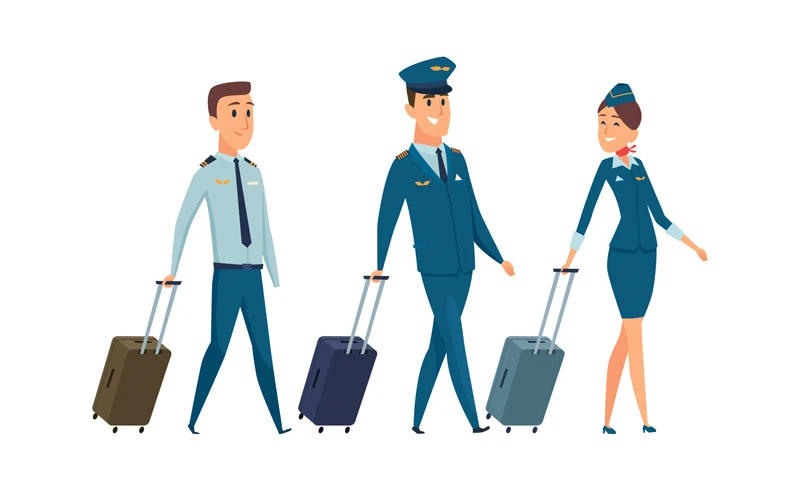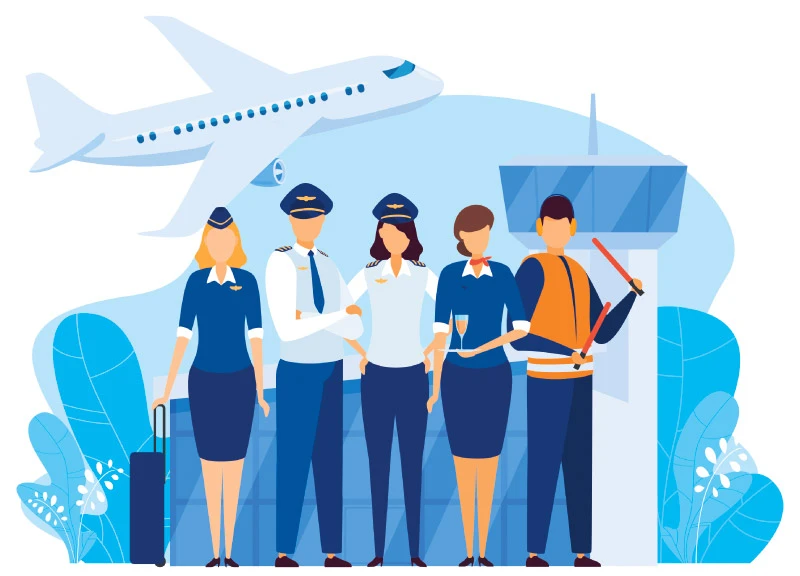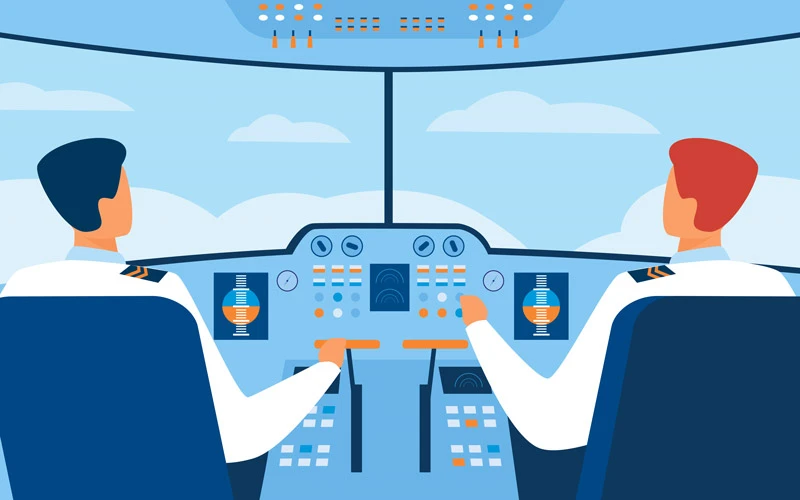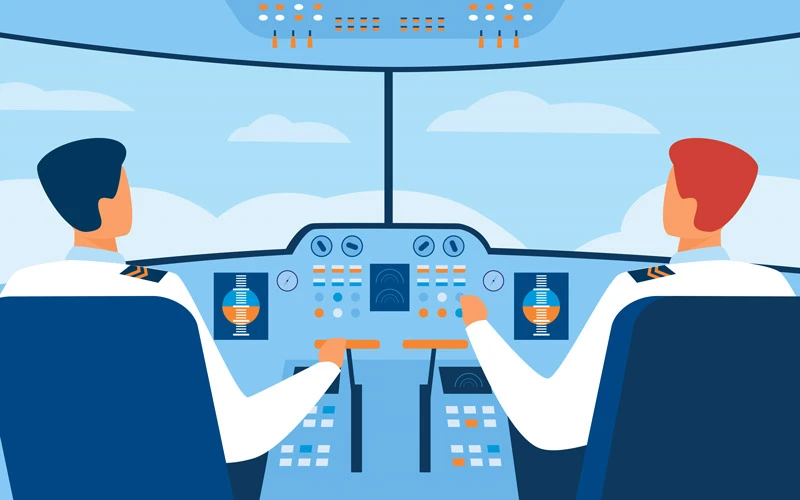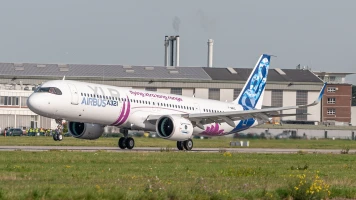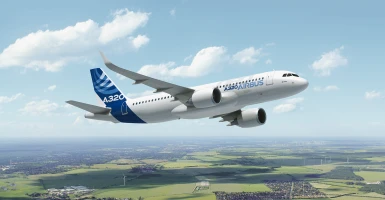good-to-know
“Before the flight”
To-do lists – Safety first
The goal of all scheduled flight preparations is the safety of all passengers and crew on board. Using checklists brings optimum reliability to this task.
author: Markus Kemminer | 5 mins reading time published on: 09.03.2021
author:
Markus Kemminer
is executive editor of the content agency TextVersion. He writes about a wide range of technology topics, with aviation up at the top of the list.
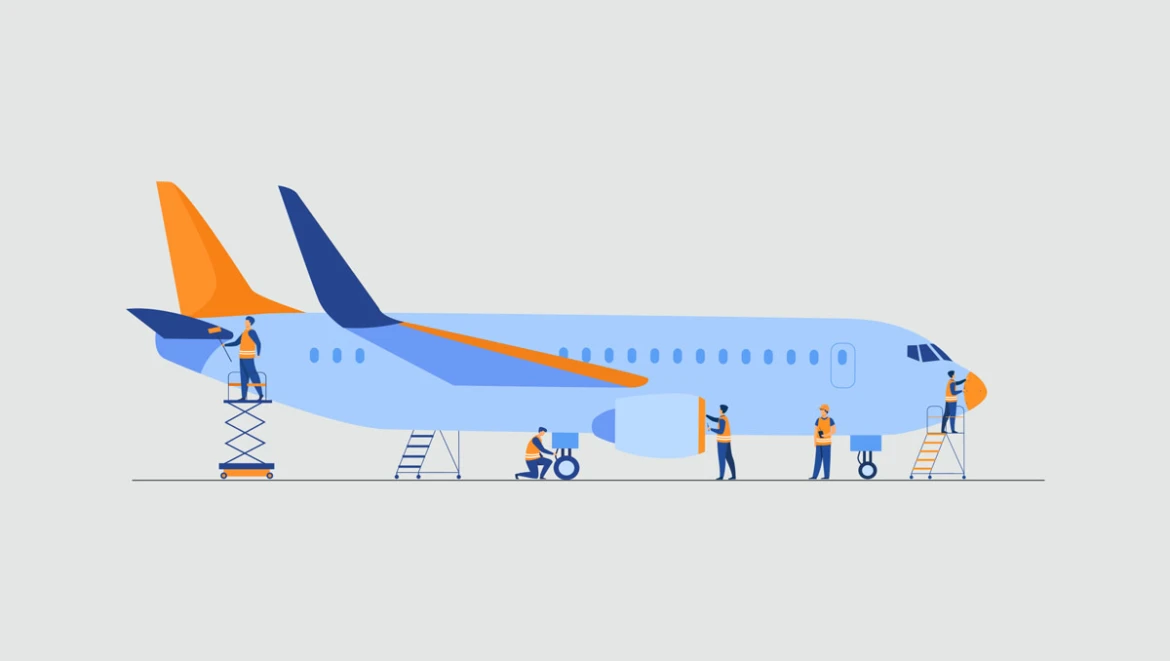
What are pre-flight checklists?
The name says it all, really: a pre-flight checklist is a list of control inspections that a pilot or a crew member has to carry out on or in an aircraft before it can be reported as ready for takeoff.
The goal of all pre-flight checks is to inspect all functional and safety-relevant factors in the cockpit, cabin and exteriors.
However …
… anyone looking for the checklist or the checklists to tick off during flight preparations will soon find themselves lost in a blizzard of options. The reason for this proliferation is the wide variety of different aircraft types and models, each with their own individual technical features, plus the (often historical) differences in the requirements of airlines and airport operators, which are effectively resistant to standardization. We can, however, distinguish two basic types of checklists:
- The “pre-flight check” (also known as an “external check” or “walkaround tour”), during which the externally visible components of the aircraft are inspected.
- The “pre-takeoff check” (or “before taxi check”), which basically encompasses all the inspections to be carried out in preparation for imminent takeoff.
Why are pre-flight checklists used?
For all the experience and routine that professionals bring to bear on their serious responsibilities, we know that human memory is fallible and that people’s ability to concentrate is always vulnerable to internal or external influences that can distract it. Checklists support the functions of memory, focus attention on a specific aspect, and structure the technical and functional inspection of an overall system into a defined sequence and routine.
Since when have pre-flight checklists been around?
For a surprisingly long time! The creation of pre-flight checklists was pioneered by the aircraft manufacturer Boeing in the middle of the 1930s. Boeing realized that pilots of its aircraft needed a memory aid—particularly when inspecting their aircraft during the preparation and takeoff phase—in order to avoid potential dangers and risks that can arise from inattentive or incomplete checks.
In what phase of flight preparation are the checks carried out?
The pre-flight check generally begins following the crew briefing, in which the members of the crew exchange flight, aircraft and weather information and discuss any potential special circumstances surrounding the flight. Above all, this meeting is about determining the amount of fuel that needs to be carried. Once the information has been exchanged, the pilots start the pre-flight check; that is, they inspect the key functional and safety-relevant factors in the cockpit, cabin and exteriors. The pre-takeoff check is then carried out, as the name indicates, in immediate preparation for takeoff.
What exactly does the pilot inspect on their walkaround?
The pre-flight check essentially comprises a technical inspection of the aircraft, which is conducted shortly before takeoff usually by the pilot him- or herself in a walk around the aircraft.
First, they check for obvious issues: what is the condition of the tires, of the wings?
The lists that the person doing the inspection carries with them are always based on the particular characteristics of the specific aircraft model. The inspection tasks include:
- Checking the papers, inspecting the aircraft’s logbooks, checking the correct settings on the aircraft and verifying the completeness of the equipment
- Checking the outside surfaces of the aircraft during the walkaround: are there noticeable cracks running along the fuselage, for example, or any dents or scratches?
- Checking the flight controls and the fuel and oil levels
- (When temperatures are below a certain level): Checking whether the outer shell of the aircraft is free of snow and ice
Based on this evaluation, the professional doing the inspection decides whether the aircraft is airworthy or not, in other words: go or no-go.
And what does the crew do during all this?
Following the meeting with the pilots in the crew room, there is generally an additional briefing on flight safety or first-aid topics.
During the actual flight preparation in the cabin, checking the emergency equipment using the Emergency Equipment Checklist (EECL) is one of the crew’s most important tasks—and one that bears the heaviest load of responsibility. Among other things, it involves checking whether there are life jackets underneath all the seats and seeing to it that all other equipment (e.g. first-aid kits) is securely stowed and that oxygen cylinders are filled.
The actual pre-takeoff check itself ...
… begins in the phase of flight preparations immediately before taking off. First, all important data for the flight is fed into the flight control computer. When all passengers are on board and their luggage stowed, the final weight of the aircraft can be determined; this is necessary for calculating the takeoff data (thrust, angle of climb, etc.). Only once this data has been registered by the control computer can the aircraft leave its parking position.
Among other things, this involves making sure that:
- The fuel volume actually tallies with the calculations made in advance
- Instruments, radio communications and flight control functions are working perfectly
- All relevant takeoff and pre-takeoff settings (on/off or specific settings) are in the correct position
- Doors and hatches are properly locked
- Crew members and passengers are wearing their seat belts
The pre-takeoff check is generally carried out by the pilot and the co-pilot in tandem. While one of them reads out the individual items on the list, the other one checks whether it has been carried out / set correctly.
In the meantime, the cabin crew welcomes the passengers on board. Their smiles are always friendly, but ...
... their watchful eyes appraise the boarding passengers: What does their hand luggage look like? What languages are they speaking? What is their physical (or mental) state? Are they perhaps drunk or is their behavior notably aggressive?
With a “Cabin ready!” …
… the purser lets the cockpit know that all safety-relevant details have been checked in the cabin, work equipment has been stowed and all passengers have their seat belts fastened. It’s time to go!






